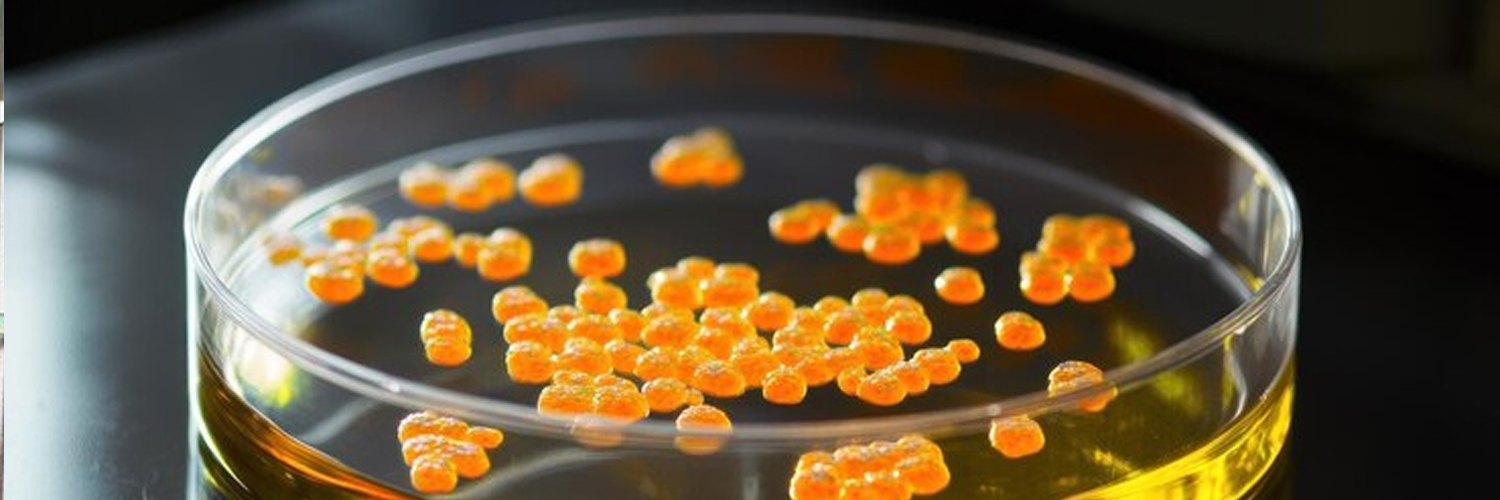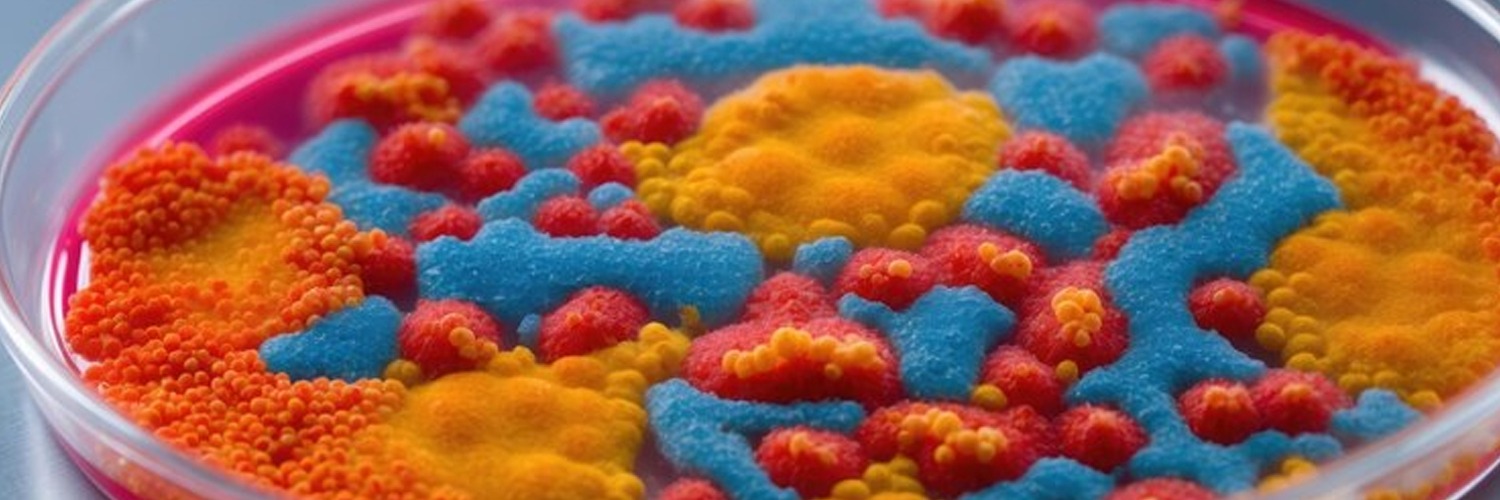Enzymes are nature’s catalysts, enabling complex biochemical reactions to occur efficiently within living organisms. From digestion to DNA replication, enzymes play a crucial role in sustaining life. However, their potential extends far beyond biological systems, finding applications in industries such as food processing, pharmaceuticals, textiles, and bioethanol production. Among the many advancements in enzymology, immobilised enzymes have emerged as a revolutionary innovation, providing enhanced stability, efficiency, and control over biochemical processes.
Understanding Immobilised Enzymes
Immobilised enzymes are enzymes that are physically confined or attached to an inert support while retaining their catalytic activity. Unlike free enzymes, which dissolve in reaction mixtures, immobilised enzymes remain fixed in place, enabling repeated use and improving overall efficiency. This immobilisation can occur through various techniques, such as adsorption, covalent bonding, entrapment, or encapsulation.
This concept has transformed industrial biotechnology, offering numerous advantages over traditional enzyme usage. Industries that rely on enzymatic processes, such as pharmaceuticals and food production, benefit immensely from immobilisation due to its ability to enhance enzyme longevity, reduce operational costs, and improve process control.
Methods of Immobilising Enzymes
The technique used to immobilise enzymes significantly impacts their stability and functionality. Several methods have been developed over the years, each with its unique benefits:
- Adsorption
In this method, enzymes adhere to the surface of a solid support through weak interactions such as van der Waals forces, hydrogen bonding, or ionic interactions. Common supports include activated charcoal, silica gel, and various polymer matrices. Adsorption is simple, cost-effective, and often retains enzyme activity. However, the bond between the enzyme and the support is weak, which may lead to enzyme leaching over time.
- Covalent Bonding
Covalent attachment involves the formation of stable chemical bonds between the enzyme and the support material. This method ensures minimal enzyme leaching and provides long-term stability. Supports such as agarose, silica, and synthetic polymers are commonly used. The main limitation of this method is the potential alteration of the enzyme’s active site, which can affect its catalytic performance.
- Entrapment
Enzymes are physically trapped within a porous matrix or gel-like substance, such as alginate beads or polyacrylamide. This technique protects enzymes from environmental fluctuations and prevents direct contact with inhibitors. However, mass transfer limitations may affect substrate availability, reducing reaction efficiency.
- Encapsulation
This method encloses enzymes within semi-permeable membranes, allowing substrate molecules to enter and react while keeping the enzyme confined. Encapsulation provides excellent protection against denaturation and degradation, but diffusion constraints can slow down reaction rates.
Advantages of Immobilised Enzymes in Industrial Applications

The adoption of immobilised enzymes has revolutionised industrial biotechnology. Their numerous advantages make them a preferred choice over free enzymes, particularly in large-scale production processes.
- Enhanced Stability and Reusability
One of the biggest drawbacks of free enzymes is their susceptibility to denaturation and degradation, leading to frequent replenishment. Immobilised enzymes, however, exhibit significantly greater stability and can be reused multiple times, reducing costs and resource wastage.
- Improved Process Control
Since immobilised enzymes remain fixed in place, they allow for precise control over reaction conditions such as pH, temperature, and substrate concentration. This control is crucial in industries like pharmaceuticals and food processing, where consistency and quality are paramount.
- Easy Separation and Purification
In many industrial processes, the separation of free enzymes from reaction mixtures is time-consuming and costly. Immobilised enzymes simplify this process, as they remain attached to their support, enabling easy recovery and reuse. This not only enhances efficiency but also minimises contamination risks.
- Reduced Environmental Impact
Industries are under increasing pressure to adopt sustainable practices. The use of immobilised enzymes supports this goal by reducing enzyme wastage, lowering energy consumption, and minimising the need for harsh chemicals. As a result, they contribute to greener and more eco-friendly industrial operations.
- Increased Operational Efficiency
With immobilised enzymes, reaction times are often shorter, and yields are higher. This efficiency is particularly beneficial in industries such as biofuel production, where optimised enzymatic processes can significantly enhance output while reducing costs.
Applications of Immobilised Enzymes across Industries

- Food and Beverage Industry
Immobilised enzymes are widely used in food processing, enhancing product quality and efficiency. For example, they are employed in lactose-free dairy production, where immobilised lactase breaks down lactose into simpler sugars. Similarly, immobilised glucose isomerase is used in the manufacture of high-fructose corn syrup, a key ingredient in soft drinks and confectionery.
- Pharmaceutical Industry
The pharmaceutical sector extensively uses immobilised enzymes for drug synthesis and purification. Enzyme immobilisation plays a critical role in the production of antibiotics, anti-inflammatory drugs, and bioactive compounds, ensuring high yields and purity levels. Additionally, immobilised enzymes are used in enzyme-linked immunosorbent assays (ELISA) for disease detection and diagnosis.
- Textile Industry
Textile processing involves the use of enzymes for fabric finishing, dye removal, and bio-polishing. Immobilised cellulase enzymes, for example, are used in the textile industry to improve fabric softness and reduce pilling in cotton-based materials. Their immobilisation ensures consistency in performance and longevity.
- Biofuel Production
The bioethanol industry relies heavily on enzymatic hydrolysis to convert starch and cellulose into fermentable sugars. Immobilised amylases and cellulases enhance this process by increasing reaction efficiency and enzyme stability, ultimately improving bioethanol yields while reducing production costs.
- Wastewater Treatment
Industries producing large amounts of wastewater benefit from immobilised enzymes for bioremediation. Enzymes such as immobilised laccase and peroxidase break down pollutants, dyes, and toxic compounds, facilitating eco-friendly wastewater treatment and reducing environmental impact.
Challenges and Future Prospects
Despite their numerous advantages, immobilised enzymes do present certain challenges. Enzyme deactivation over time, high initial costs, and diffusion limitations in some immobilisation techniques can pose hurdles to widespread adoption. However, continuous research in enzyme engineering and material science is leading to the development of more robust, cost-effective, and scalable immobilisation techniques.
Future advancements in nanotechnology and biomaterials are expected to further enhance enzyme immobilisation. The integration of immobilised enzymes with smart bioreactors and microfluidic systems could revolutionise bioprocessing, enabling real-time monitoring and precision control over enzymatic reactions.
Conclusion
The science behind immobilised enzymes has transformed the landscape of industrial biotechnology, providing unprecedented advantages in terms of efficiency, sustainability, and process control. From pharmaceuticals to biofuels, these enzymes are proving to be an indispensable asset, offering solutions that are not only effective but also environmentally responsible. As technology continues to evolve, the potential applications of immobilised enzymes are bound to expand, ushering in a new era of precision and sustainability in enzymatic processes.
At Biolaxi Enzymes, we are committed to pioneering innovative enzyme solutions tailored to meet industrial demands. Our high-quality immobilised enzymes are designed for superior stability, efficiency, and control, helping businesses achieve excellence in their enzymatic processes. With a strong focus on research and development, we continue to push the boundaries of enzyme technology, ensuring our clients benefit from the very best in enzymatic innovation.




